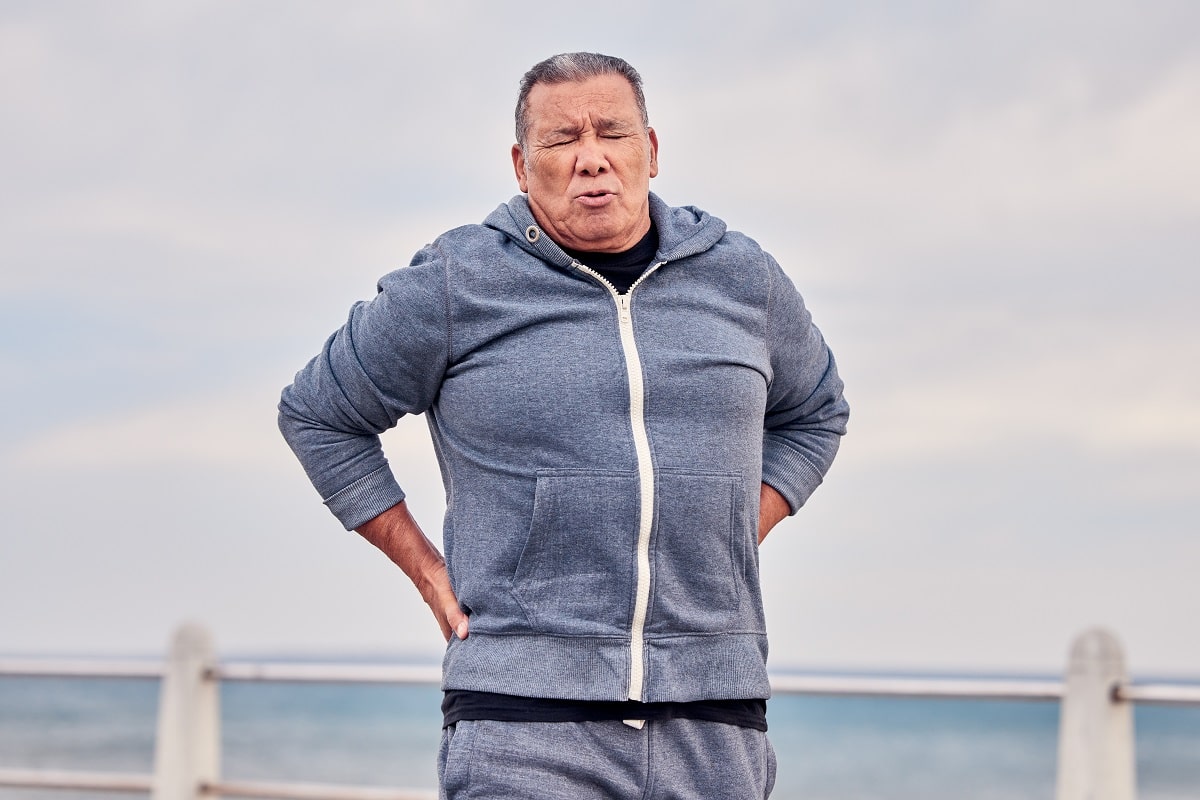
Scoliosis In The Elderly
What is scoliosis or spinal deviation?
Scoliosis is a lateral deviation of the spine that is often diagnosed in adolescence. Most scoliosis is mild, but if the deviation in childhood worsens as the child grows, it can be debilitating and interfere with the person's daily activities to the extent that severe deviation can reduce the amount of chest space and make breathing difficult. If scoliosis is diagnosed in childhood, it should be monitored by a specialist with the help of radiographs and X-rays to see if the curve is getting worse or improving. If the curvature is high, it is better to use a brace to prevent it from getting worse.
Symptoms of scoliosis of the spine
Signs and symptoms of scoliosis may include:
- Uneven shoulders. One shoulder blade that looks more prominent than the other
- Uneven waist, one hip higher than the other
- One side of the chest is forward
- Protrusion on one side of the back when bending forward
- Causing pain in the back and walking disorder
In most cases of scoliosis, the spine rotates or twists in addition to side-to-side curvature. This causes the ribs or muscles on one side of the body to stick out more than the other side.
What causes spinal scoliosis?
Various factors cause this complication in the spine, but the most important of them are:
- Cerebral Palsy
- Muscular dystrophy
- Hereditary factors
- Congenital defects that affect the growth of spinal bones
- Spinal abnormalities
- Injury or infection of the spine
- This condition is more common in girls than boys
Complications caused by scoliosis of the spine
- Breathing problems, in severe scoliosis of the chest may put pressure on the lungs and make breathing more difficult.
- People who have scoliosis since childhood may suffer from chronic back pain more in adulthood
- Uneven and asymmetrical appearance. If scoliosis worsens, it will cause more noticeable changes in the person's appearance, including the unevenness of the hips, shoulders, protruding ribs, and moving the waist and trunk to the side.
Can scoliosis of the spine be treated?
Usually, if this condition is diagnosed in childhood, it can be treated, but if the spinal deviation remains untreated until adulthood and worsens over time, it will be difficult to treat. But with the help of corrective movements and sports exercises, its progress can be prevented to a large extent and its pain can be reduced. The use of braces is also helpful in many cases. But if the curvature is severe and rapidly progressing, it is necessary to use surgery to treat and prevent its progress. Do not forget that early diagnosis and intervention will always have the best results.
Scoliosis in the elderly
Contrary to public opinion that scoliosis and spinal deviation can only be diagnosed and treated in children and teenagers, this disease is also very common in the elderly. One study showed that scoliosis is present in 68% of healthy people over the age of 65 without back pain
What causes scoliosis in the elderly?
Cases of scoliosis in the elderly are usually caused by one of three reasons
- It has been transferred from adolescence to adulthood without treatment
- It is caused by injury or accident
- It is caused by destruction and damage in the discs.
If scoliosis is diagnosed in adolescence or childhood, there is a high probability that it will be treated, but otherwise, scoliosis will probably worsen over time. Even if it does not worsen, the imbalance in the spine can gradually cause changes in the joints, discs and muscles over time and lead to pain and muscle tension. Canal stenosis (narrowing of spinal nerve holes) is another common occurrence in scoliosis caused by disc destruction, which can lead to pain that spreads to the lower hips and legs.
The use of braces to treat scoliosis is mostly prescribed for teenagers and is not considered a treatment for adults, although the use of some soft braces by adults may help reduce pain. But the way to treat acute scoliosis in adults is surgery, which has its own risks in the elderly, for example, the complications of surgery for the treatment of scoliosis in the elderly are higher and the recovery time is longer.
Exercise programs significantly help to reduce pain, improve energy levels and better physical performance. The main goal of scoliosis treatment in the elderly is to provide the best possible quality of life for as long as possible.
Symptoms of scoliosis in the elderly
Adult scoliosis symptoms can be debilitating, especially for the elderly. Examples of severe scoliosis symptoms in the elderly include:
- Tiredness
- Shortness of breath
- Difficulty walking
- Difficulty standing straight
- Feeling full too soon when eating
- Bone spurs

 Our Location
Our Location +1 (778) 723-6108
+1 (778) 723-6108
Leave Your Comment